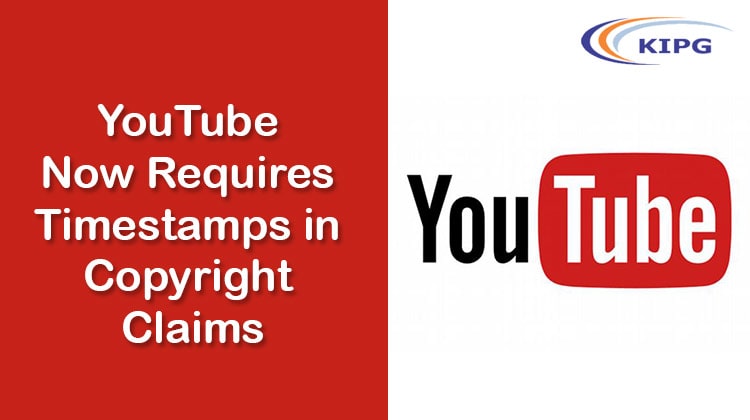
On YouTube, Copyright Claims are a necessary evil. Undoubtedly, they play a significant role in helping the copyright owners claim their content if another person uses it without giving them the proper credits. However, the manual claiming tool had been creating a lot of problems for both the large and small creators alike. Therefore, YouTube has now announced a few necessary changes to the way copyright claims are handled for making things easier for both the parties.
The first and foremost change involves the fact that the manual copyright claims will now require a timestamp to specify where the copyrighted content is used in a video. The video sharing website also stated that it would officially cancel a user’s access to such manual claims if they repeatedly fail in providing accurate timestamps. YouTube will scan the uploaded videos against a database of files through which their content ID technology will find all the visual and audio matches. Any possible instances of Copyright Infringement found during that process will lead to automated generation of content ID claims or manual claims where the copyright owners themselves report a violation of their Intellectual Property.
The recipient of the manual claim will be able to see the timestamp specified by the reporting party. It will make it much easier for the recipient to figure out the part of the video to edit. If they decide to alter the video rather than disputing the claim, they can use the video editing tools in YouTube’s Creator Studio section to remove the content associated with such claims. Creators can also mute the sounds in the time-stamped section or switch the music with the free songs in the Auto Library. Moreover, they can also trim the entire segment, if required.
YouTube stated that it would continue to make its editing tools more effective by eventually giving the creators a way to trim the claimed segments with a single click. YouTube’s Product Manager, Julian Bill, wrote that their work would not stop here as they would find even better ways to improve the copyright experience of creators while balancing the Intellectual Property Rights (IPR) of the copyright owners.

